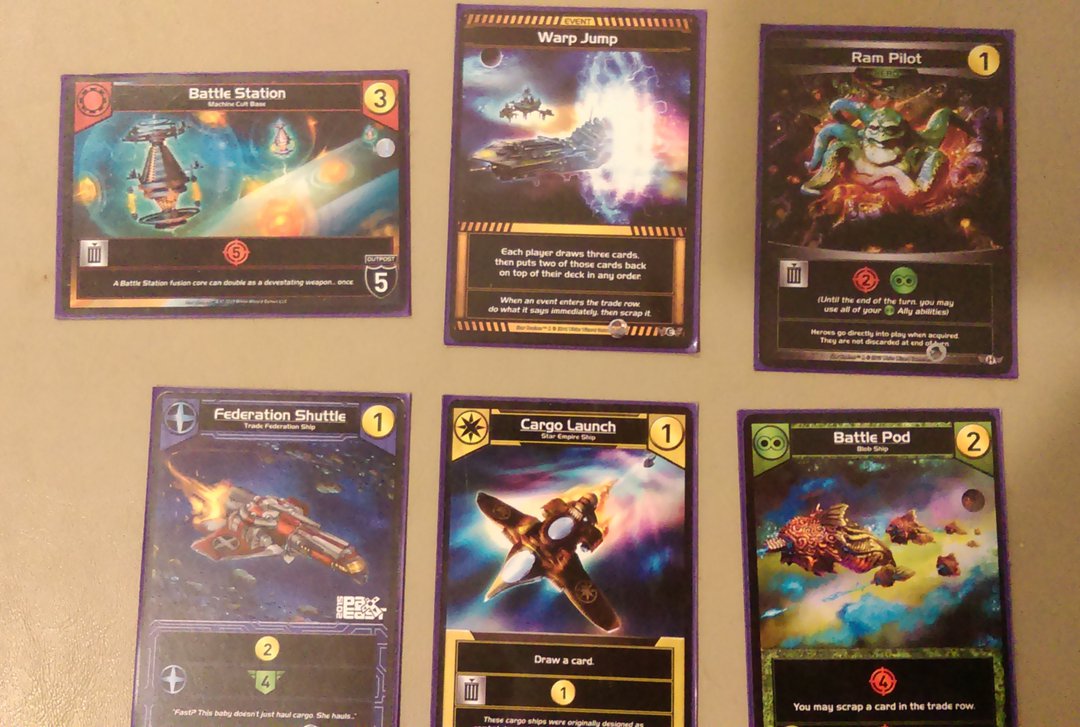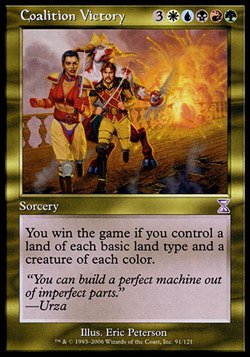So you’ve found the new hotness on the nerd block and you want your friends to get into it. The subliminal messaging has kicked in, and now, they are ready to try it out. They’ve settled in, and look to you to explain this new game. A poor initial impression can turn someone off from a game, so your goal is to introduce the new players to it in the simplest and cleanest way you can. I like to think I’m a good teacher; I tutor kids in Regents math and science, and I’ve taught games to lots of new players. Here’s my technique that I use, and some advice if you’re trying to get new people into a thing you like. While I've written this article for board and card games, the same ideas can be adapted to video games with just a few small changes.
#1 - Introduce Concepts
It seems obvious but catching the student’s interest is really critical because it will engage them for the rest of the introduction. If you know your subject's tastes you can offer them the aspects that they will be drawn to first. Maybe they will like the airships, or the tactical combat, or the story told through flavor text. Whatever you need to tell them to get them hooked. I have some friends that much prefer Euro style games more than American style dice rolling games, so I can often determine what aspects of a game’s design will pique their interest the most. Of course, you don’t want to lie or misrepresent a game. Some people just hate certain types of games. Give them the option to engage in it, but if they don’t care, that’s okay too. Nothing is worse than playing with someone who is uninterested, distracted, or bored while playing. It sucks the fun out of the game for all the other players.

Any game is made up of a few basic parts - going over what those parts are first can make someone feel more comfortable to learn more
#2 - Goal And Win Conditions
Structurally you may want to start talking about the setup and beginning of the game. After all, that is where the expert player begins. However I find that presenting the end goal and win condition of the game adds structure to the rest of the conversation. When I am presented with a new game, if I don’t know why I’m doing the actions prescribed by the rules, then it can be frustrating and confusing. Starting at the end gives the new player an understanding of the underlying structure of the game and allow for value judgements on the options and tactics that are available to them. It can be as simple as saying “You need to get the most victory points to win.” Obvious to the veteran, but important for the novice. That naturally leads you into the next phase of the conversation, the core gameplay.
#3 - Explain Just The Surface Mechanics First
Now that they understand what they need to do to succeed, you give them the tools to achieve it. This step is to present the fundamentals without telling them what moves are good. The Bishops move diagonally, the Rooks in straight lines, and the cute horsies make L shapes. This is the stuff that will make or break their ability to play. Like sports (if any of you play those,) the fundamentals are the foundation upon which everything else is built. Not understanding the basic interaction of mechanics can make for disastrous or illegal plays for the new player that will doom them to loss at best, and being upset and disengaged with the game at worst. Also, many players will start to get an idea of how to put these basic mechanics together on their own. Start here.
#4 - Pause for Questions
At this point you’ve reached the meat of the mechanics. Your student is mulling over the ideas and piecing them together. If they have questions now is a good time to answer them. I always take a moment to ask if my explanation makes sense. Moving too quick will leave your student confused and unable to process the rest of the material properly. Questions during the actual gameplay will invariably come up but if you can get them out of the way earlier it makes for a less fragmented play experience.

Teaching games where the rules are clearly defined on the cards can also help
#5 - Introduce Strategies and Nuance
Once they have a solid understanding of what their goal is and how to get there, you can show them where the fun comes in. Of all the varied strategies and tactics available there’s got to be a handful that will entice your friend to be your opponent in this game. If they love playing super aggro goblins in Magic: The Gathering, maybe showing them how the more aggressive teams play in this new game will make them comfortable. I usually avoid going into TOO much detail at this point. By now they feel comfortable with the majority of the game and are eager to turn their hands to work. Some core concepts are useful here, like why maintaining economic growth is important and what options are useful for that.
#6 - Give Examples of Play
A lot of people will introduce new games by saying “let’s sit down and pay a round.” I find that this only works with the most basic of games. Most modern games simply don’t support this technique. Only after understanding the what, when, and why of the game can the actual play begin. I always take the first turn with a new player to show by example the turn structure, explaining the choices I make if they are particularly relevant. Normally the game is meant to be played to win, but in this case you want to give the new player as much information as they need to see the nuances of gameplay as it happens. Placing this unit on that square threatens the enemy flank, and they should move to defend it. Sacrificing this short-term advantage sets up a long-game play in later turns. Against an experienced opponent you want your strategy to be hidden, but if the newer player feels like a punching bag they won’t want to come back again. If you see them making a bad play, warn them. Advise on good moves and if they ask a question that gives away their secret information it is incredibly rude to capitalize on it and counter their line of play preemptively. At one Battlestar Galactica game a new player said “So what does it mean if my allegiance card says I’m a Cylon?” It was difficult for the rest of the players not to respond against our new “betrayer” but it would have made the newer player bitter if we had simply ousted them from play, exiling them to the couch for the remainder of the three hour board game. Be forgiving and give the newbies the opportunity to win.
I hope this method is helpful to you. Bringing in your friends and family to play new games with you is so engaging and rewarding. I feel it can be done very poorly, and if you think about what I’ve discussed here I’m confident that it will let you bring more people into the games you like with a faster uptake in solid gameplay.
Writer
My favorite games involve lying to my friends. Usually this means running a tabletop RPG for them, but sometimes it means being the betrayer in a board game, or using rude tricks to make my opponents hit each other while I twirl a cartoonishly outsized mustache and cackle. If you like any combination of lying, storytelling, outsmarting your opponents, or tying helpless victims to train tracks, you might like some of my writing on games.
My favorite games involve lying to my friends. Usually this means running a tabletop RPG for them, but sometimes it means being the betrayer in a board game, or using rude tricks to make my opponents hit each other while I twirl a cartoonishly outsized mustache and cackle. If you like any combination of lying, storytelling, outsmarting your opponents, or tying helpless victims to train tracks, you might like some of my writing on games.